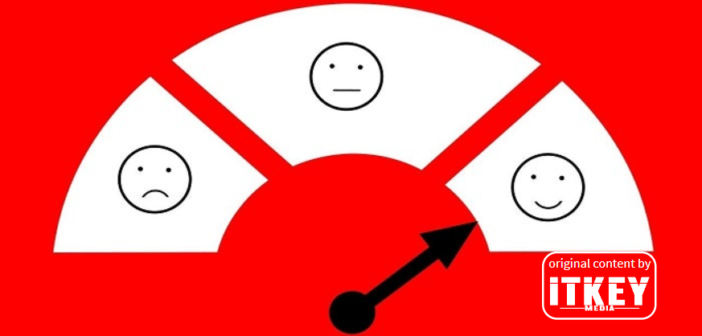Please find Pt. 1 here and Pt. 2 here.
Test Fast, Die Cheap: How to Uncover Unviable Ideas and Avoid Wasting Time
Step 3. Marketing Research
When conducting your own verification — ask for the input from the “market”. There are always certain gaps left during analysis and a deeper evaluation of the idea can be achieved by consulting experts in the field. They may provide an interesting perspective on the situation and unique experience that will broaden the outlook and understanding of risks. Based on their feedback and results, we identify weaknesses and refine, and eliminate “blind spots.”
It’s crucial to assess both direct and indirect competitors. There’s a chance that someone has already developed or revealed a similar solution, but this may not be a problem or the reason to “bury” your idea. You can identify your strengths and create a product that’s not just similar, but superior. The key consideration is whether you have the necessary resources and, most importantly, whether you’re still enthusiastic and confident in the idea’s potential for success.
At this point, we’re conducting interviews with potential customers and conducting marketing research. This challenging yet essential stage yields valuable insights. The survey includes participants from all customer categories – both those with pressing needs and potential users.
It’s important to remember that we’re not selling, but rather engaging in meaningful conversations. We are interested in the respondent’s opinions and aim to solve a specific problem, uncover additional ‘pain points’. Artificially enhancing the idea isn’t necessary. During the interviews, we touch on all aspects of the product strategy, ask clear and probing questions, and based on the responses, we adapt and enrich it. It’s important to note that clients might provide answers that are unclear, contradictory, or not entirely definitive. We’ll need to delve deeper into these responses.
Here are a few techniques to test the potential market response to your product:
Mass surveys: These surveys are used to determine how well customers resonate with the problem you aim to solve and whether your value proposition appeals to them.
“Smoke tests”: Those could be like the “fake door test,” where a button is placed on an existing website inviting users to try a new product. Clicking the button might lead users, for instance, to a pre-order form. The number of clicks helps gauge people’s interest. Another example is the “landing page test,” where a complete landing page is created for the new proposition. The focus here is on conversion rates – how many users click the link or take the desired action on the landing page. These tests evaluate how effectively your value proposition resonates with the customers’ problem. They also provide insights into the audience engaging with the test.
Prototypes: We use prototypes to determine whether we can deliver the value we’ve promised and to give clients a tangible experience with our product.
Pre-sales: We use those when we need to check if our pricing strategy suits the clients. If we are working in the B2B segment, it’s better to prepare a detailed pitch presentation. If we are interested in B2C, for example, we can go to Kickstarter to gather feedback, and assess the willingness to pay for such a solution.
Product tests, namely MVP (this is the final step): As mentioned earlier, before creating a product (even its simplest version), it’s best to proceed when we are already convinced of the relevance of the idea and want to explore the customer’s real experience.
So the Idea Turned Out Not That Great? That’s Actually a Positive Outcome
If you’ve made it to the last step and your idea is still viable, then it’s worth pursuing – chances are, it has even improved considerably along the way. In that case, it’s time to proceed further by assembling a team, seeking funding, and growing the company.
On the other hand, if you come to realize that the idea isn’t valid, that’s still a positive outcome. At least you haven’t introduced a product that would have ended up among the unsuccessful ventures on the market. This means that your efforts haven’t been wasted.

Dmytro Breslavets is a co-founder of the IT company P2H, which over 17 years has undergone a long and challenging journey from converting design into markup to creating comprehensive solutions for digitizing government services.





